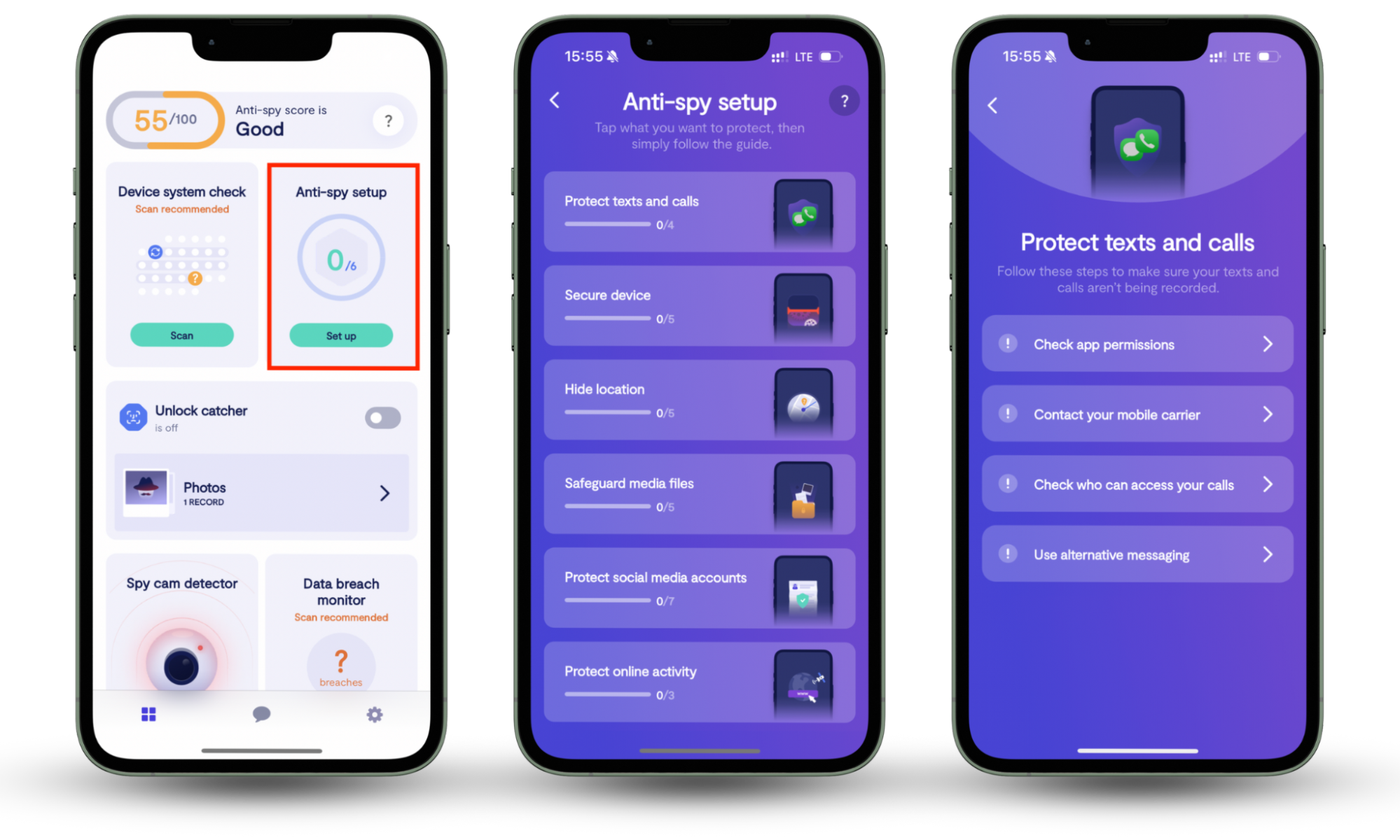Table of contents
- What is malvertising?
- Malvertising vs. Adware
- How does malvertising work?
- Examples of malvertising
- Redirection
- Ransomware
- Spyware
- Exploit kits
- How to protect yourself against malvertising
- Use an ad blocker
- Install antivirus software on your device
- Conclusion
What is malvertising?
Malvertising is a popular tactic of using online ads to spread malware. The latter is a fancy name for programs designed to infect your device and cause all kinds of damage.
Cybercriminals have learned to embed malware into otherwise safe ads all over the internet. Once the user clicks on the infected ad, malicious code gets into their computer or smartphone. Sometimes, merely visiting a website hosting such ads can result in an attack on your device.
Malvertising vs. Adware
Malvertising is an embedded code in a malicious ad and is downloaded when you click on it or visit a website containing it. Meanwhile, adware is a malicious program that continuously runs on a device after it’s been installed.
If you suddenly see ads popping up everywhere and suspicious websites opening by themselves, adware has probably made its way onto your computer. Adware is targeted at individual users, while malvertising affects every user who interacts with the malicious ads.
When it comes to malvertising and adware, prevention is the best defense. If you frequently browse the internet on your iPhone or Android, an anti-spyware tool like Clario Anti Spy can make a big difference. Its Anti-spy setup guides you through the basics of staying safe online.
Here's how to run an Anti-spy setup with Clario Anti Spy:
- Download Clario Anti Spy and subscribe to create an account.
- Tap Setup under Anti-spy setup.
- Select Protect online activity and follow the on-screen instructions to secure your online activity.
- Optionally, go through the other categories in the Anti-spy setup to enhance your phone's privacy in general.

Clario Anti Spy also includes a feature called Device system check—it alerts you if your system software is at risk so that you can take action to secure it. If you use an Android, you can also run a Spyware Scan to identify malicious apps.
How does malvertising work?
The goal of malvertising is to make users click on a malicious ad. To do that, cybercriminals buy ad spaces on trustworthy and reliable websites, then post supposedly legitimate advertising. Alternatively, there can be a piece of code deep within a website that leads users to malicious and compromised servers.
Malvertising comes in two forms: pre-click and post-click. Pre-click malvertising doesn’t require you to do anything — all that is needed is for you to visit the website. As you load the page, the malware loads onto your device too. And, as you may have guessed, post-click malvertising comes into action when you click on a malicious ad.
But what happens when an unsuspecting user somehow interacts with a harmful ad?
Examples of malvertising
Both malvertising tactics, pre-click and post-click, help cybercriminals attack you in various ways. Let’s review some of them here.
Redirection
Most malware ads will redirect you to websites that specialize in phishing attacks. They are designed to trick you into handing over your personal information, such as Social Security Numbers or bank accounts. These ads and websites usually resemble legitimate-looking web pages similar to popular products. The Shlayer Trojan malware used an Adobe Flash Player update-like design as a disguise to trick users into clicking on it.
Ransomware
Ransomware is a kind of malware that blocks access to your data and requires payment for releasing it. It can also threaten to leak your sensitive information online. Organizations that operate with sensitive data, like healthcare companies or law firms, are, unfortunately, perfect targets for ransomware. For instance, in 2017, the WannaCry ransomware attack targeted the British National Health Service along with other healthcare, communications, and bank companies.
Spyware
Spyware, as the name suggests, infiltrates your device, gathers data, and transmits it to third parties without your consent. Agent Tesla is one example of spyware that appeared in 2014 and was spread through phishing emails. Similar to commercial software, it was available to purchase online by anyone, presenting an opportunity for many threat actors.
Exploit kits
Malvertising is also a way to distribute exploit kits. These are specific sets of tools that allow hackers to use the vulnerabilities of the victim’s system to their advantage. Once the user clicks on an infected ad, an exploit kit immediately starts scanning all applications on the device for security loopholes. These then serve as a “doorway” for different types of malware.
Such kits can be a true gold mine for hackers. For example, threat creators behind Nuclear were making around $100,000 a month before the exploit kit was shut down.
We know it sounds scary; the internet is like a dark forest. But it doesn’t mean you have to keep out of it;you just need a flashlight and some protection before you enter.
How to protect yourself against malvertising
Even though cyberattackers know how to evade detection, you will leave them no chance by doubling up your online security. So, make sure you implement a few measures to stay safe online.
Use an ad blocker
You can’t click on what you can’t see. An ad blocker is a simple and effective way to get rid of ads altogether, malicious or not. Some solutions also give you the flexibility of restricting advertising from selected websites. All desktop and mobile browsers—except for Chrome on Android—support ad blockers.
Install antivirus software on your device
Installing cybersecurity software has proven to be the most efficient form of anti-malvertising protection. There are lots of options for Windows and macOS devices, so do your research and pick one that offers the level of security you need. On mobile devices, Clario Anti Spy can help you stay safe online.
Conclusion
Malvertising is one of the trickiest types of cyberattacks because it preys on our gullibility. When you realize how visiting a legitimate-looking website can be enough to activate a malicious ad, you stop trusting what’s on the web. We don’t want you to think there’s always someone out there trying to trick you into revealing your data. At the same time, it’s always a good idea to stay focused on the internet and take everything with a grain of salt.
Plus, if you follow our tips, you’ll have fewer chances of stumbling upon infected apps and being affected by malvertising. Installing Clario Anti Spy and taking advantage of its Anti-spy setup is also a great way to keep mobile devices secure.


